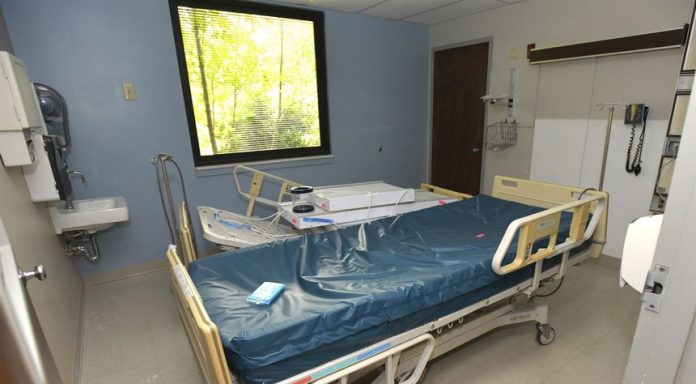“Fifteen Days to Flatten Curve” was about making sure there were enough hospital beds available for people with COVID.
In the midst of panicky, early days of the pandemic, Congress passed and President Donald Trump signed the $2.2 trillion-with a-T Coronavirus Aid, Relief, and Economic Security Act.
One of the many, many, very costly provisions in the law was $100,000,000,000. This is one million dollars, one hundred thousand times. It was “designed to provide an infusion of money to hospitals, and other health care institutions responding to the coronavirus epidemic.”
According to the Kaiser Family Foundation, this figure is approximately $108,000 per bed in a hospital in the United States.
What have we got for our money, you ask?
Would you believe… there would be fewer hospitals beds? You would.
Kaiser stated at the time that “this $100 Billion fund could provide crucial support.”
The US has approximately 50,000 fewer hospital beds than it did in 2020.
These numbers are from the Department of Health & Human Services HealthData.gov. They were provided by Twitter user Stinson Norwood.
Norwood said, “I wish someone would question Psaki about all that CARES money to boost hospital capacity.”
I was not one to accept anecdotes as data. I researched hospitals that were closing ICUs and reducing the number of beds.
It’s true:
- LJ Baker, Geary Community Hospital’s director of Human Services announced Monday that the hospital was unable to continue operating the Intensive Care Unit due to the nursing shortages and cost.
- Staffing Strain Causes Hospitals To Temporarily Close Maternity Units, ICU Units
- Comparing a four-day stretch from December 2020 to the most recent, ICU beds were 18% less staffed in the area that covers Will and Kankakee counties, Illinois. This means that almost 30 ICU beds are now staffed than they were a year ago.
I could go on and on, but the point is clear: We spent 100 million more dollars on medical services that we didn’t receive.
Worse, hospitals have had to reduce the number of hospital beds they staff due to staffing shortages. This is largely due to vaccine mandates for frontline medical personnel.
So where did all that money go?




